AQA Business A-level Theories and Models
1/30
There's no tags or description
Looks like no tags are added yet.
Name | Mastery | Learn | Test | Matching | Spaced |
|---|
No study sessions yet.
31 Terms
Tannenbaum Schmidt Continuum
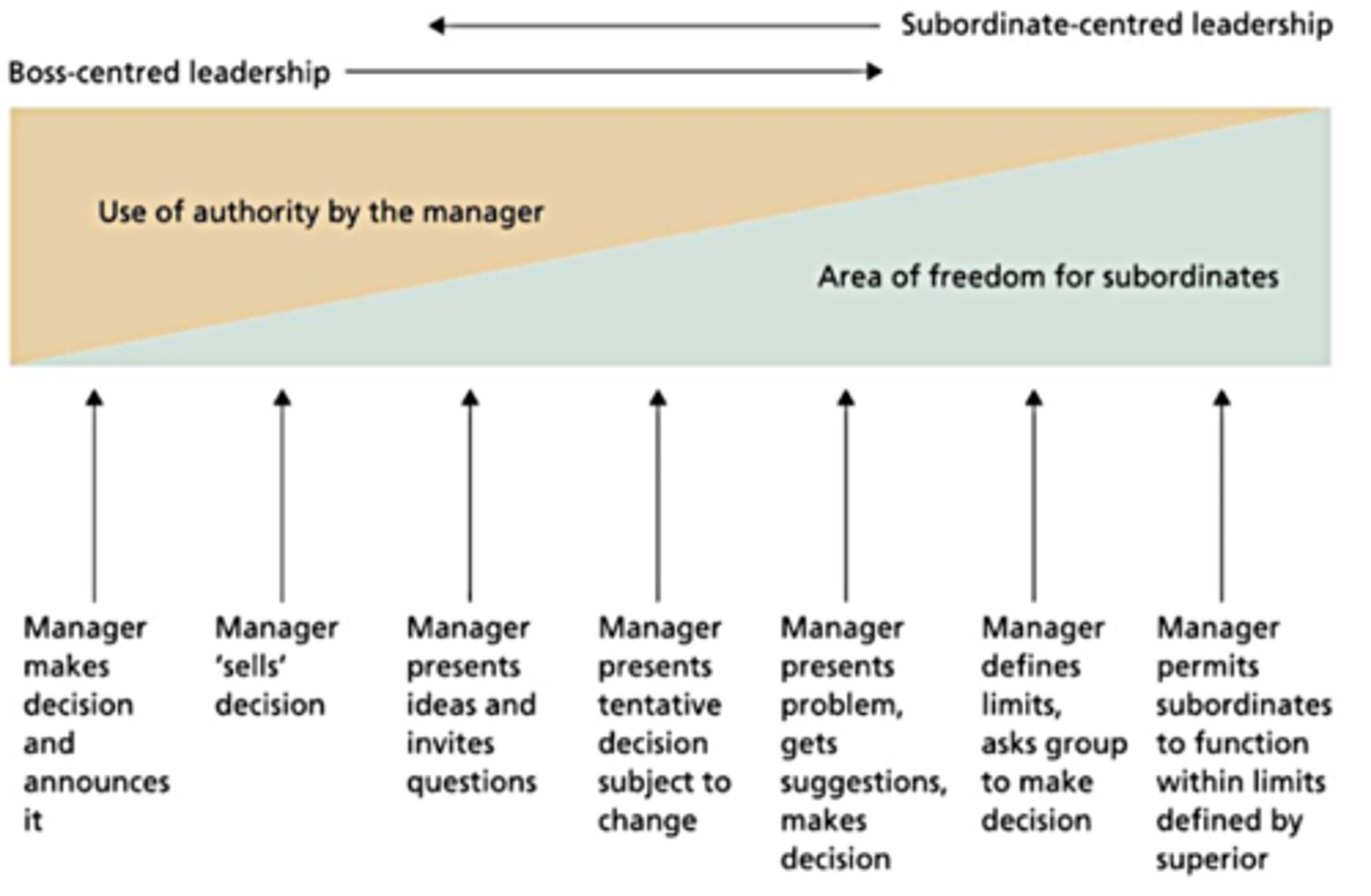
Decision Trees
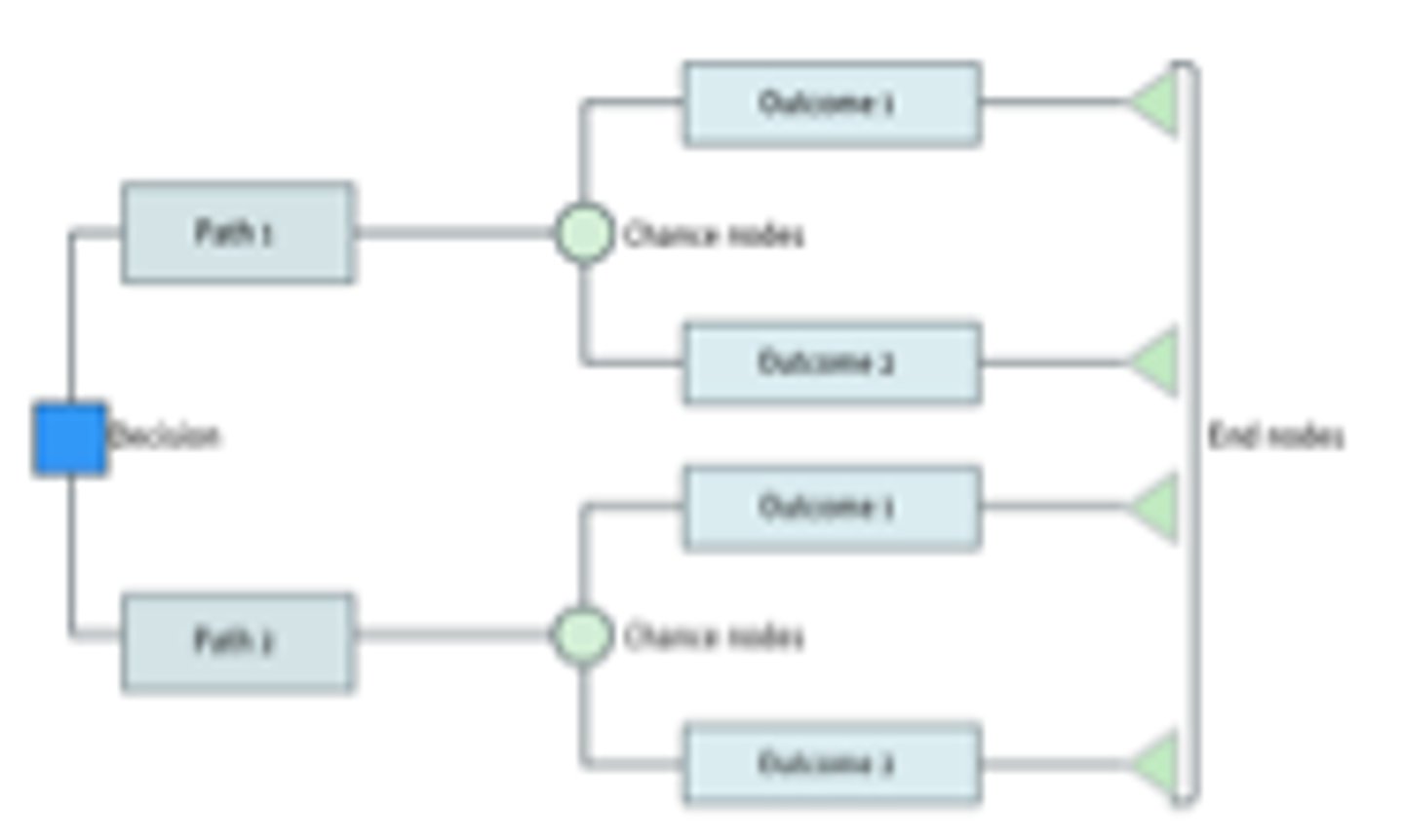
Stakeholder Mapping
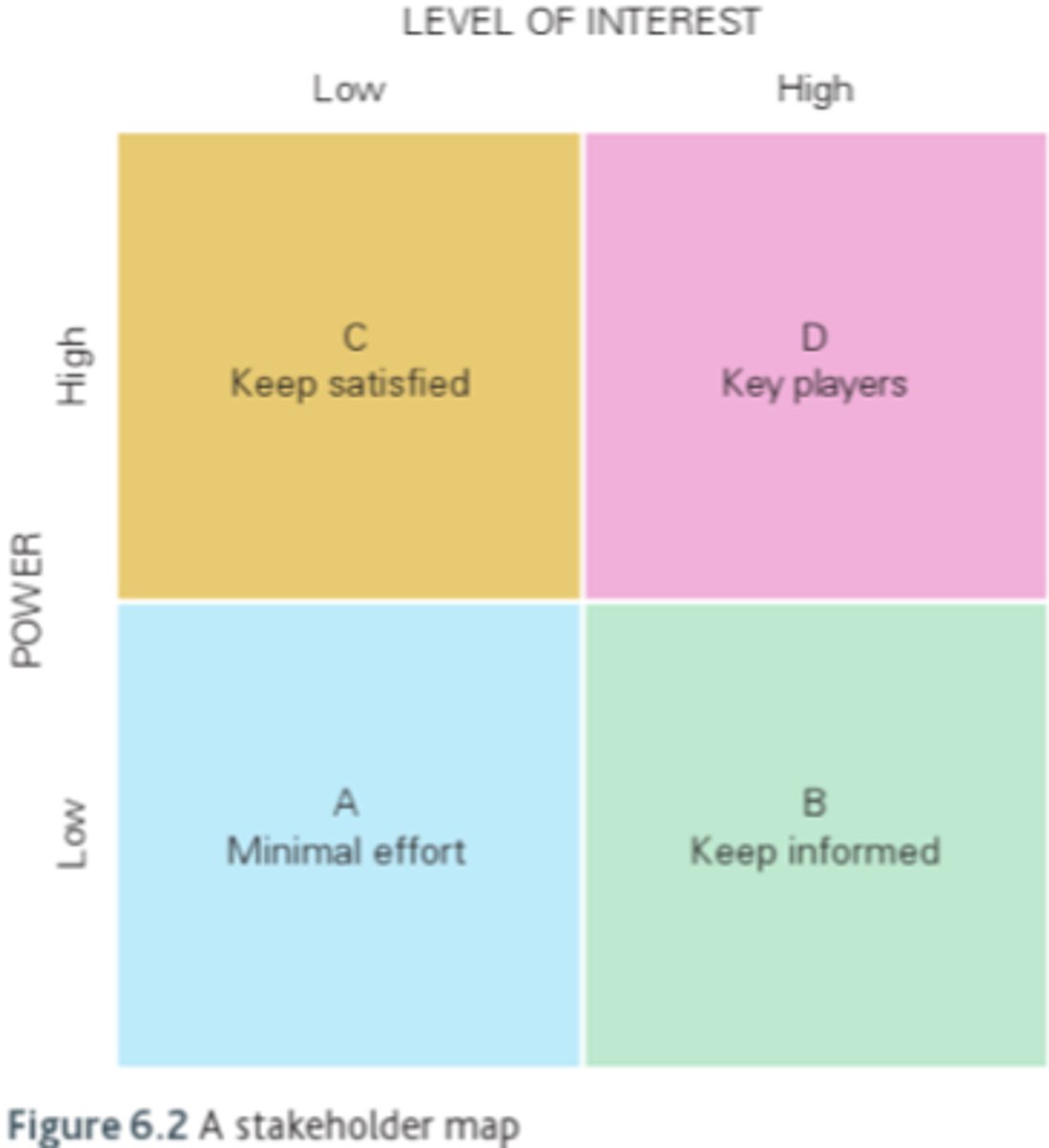
Market Mapping
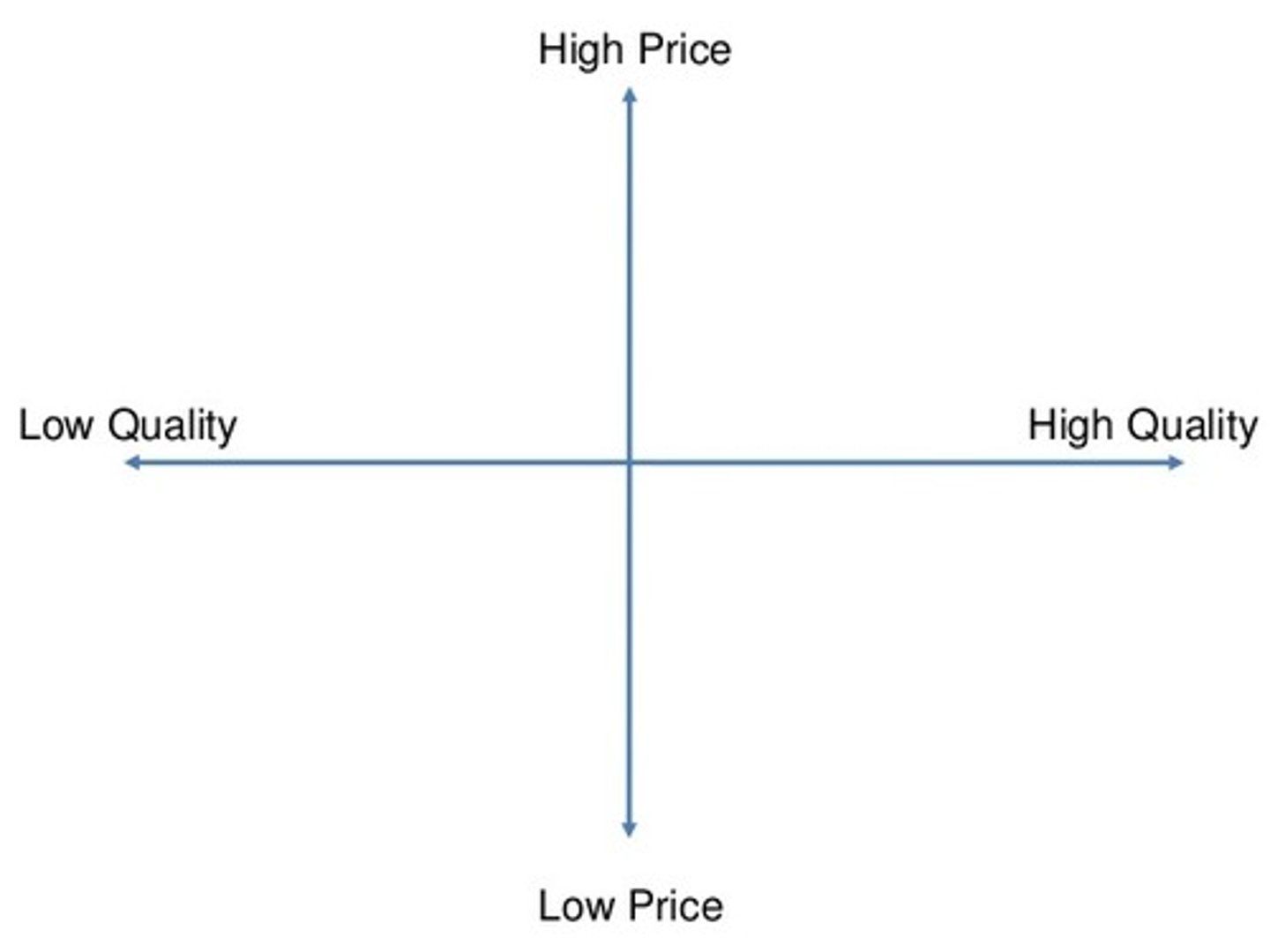
Income Elasticity Demand
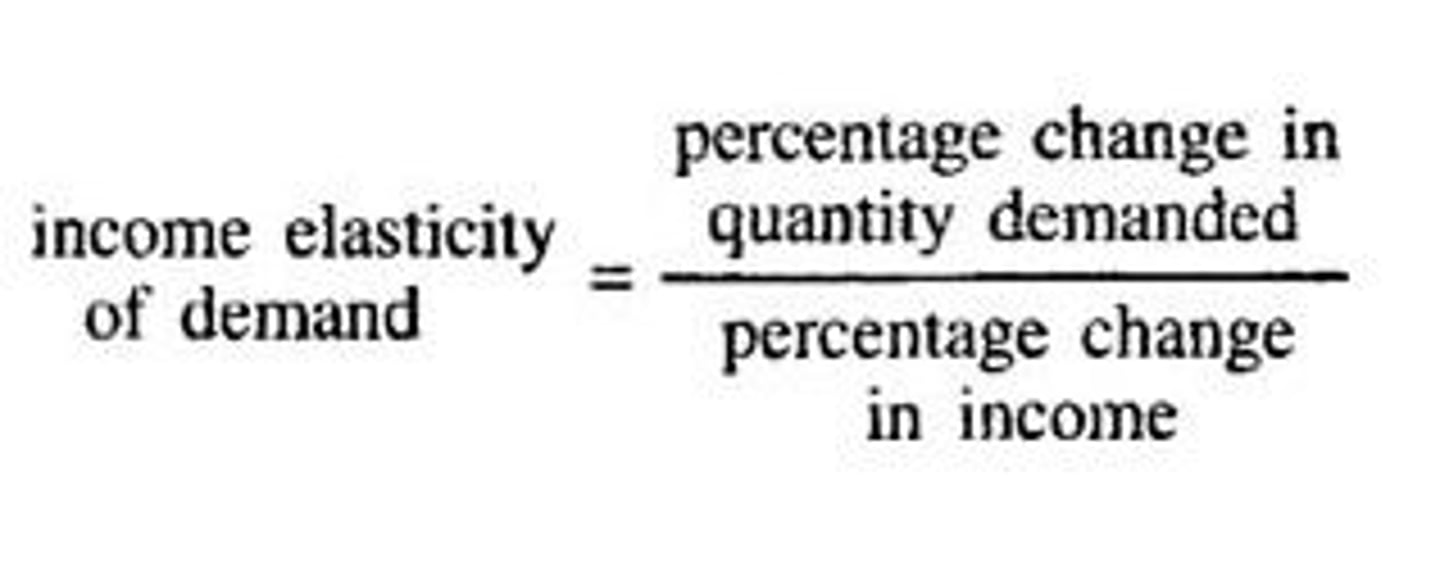
Segmentation, Targeting, Positioning
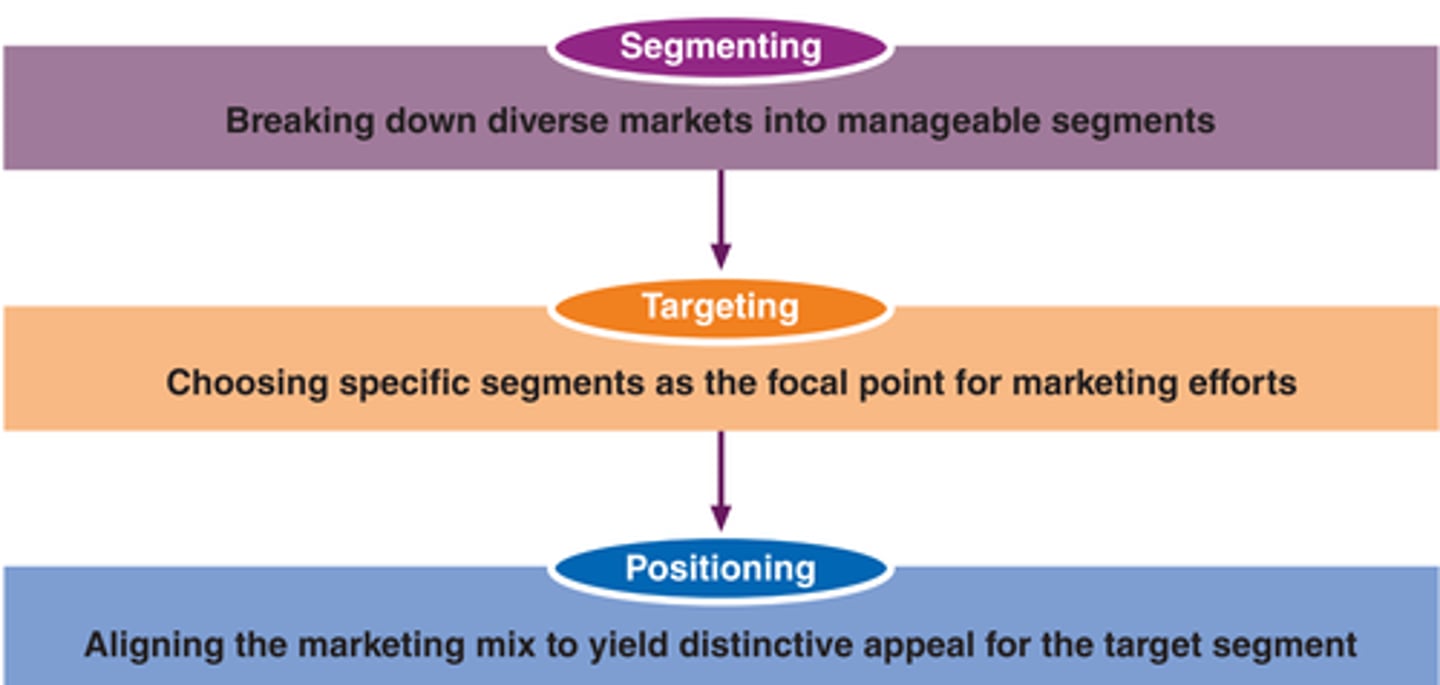
7Ps of the Marketing Mix
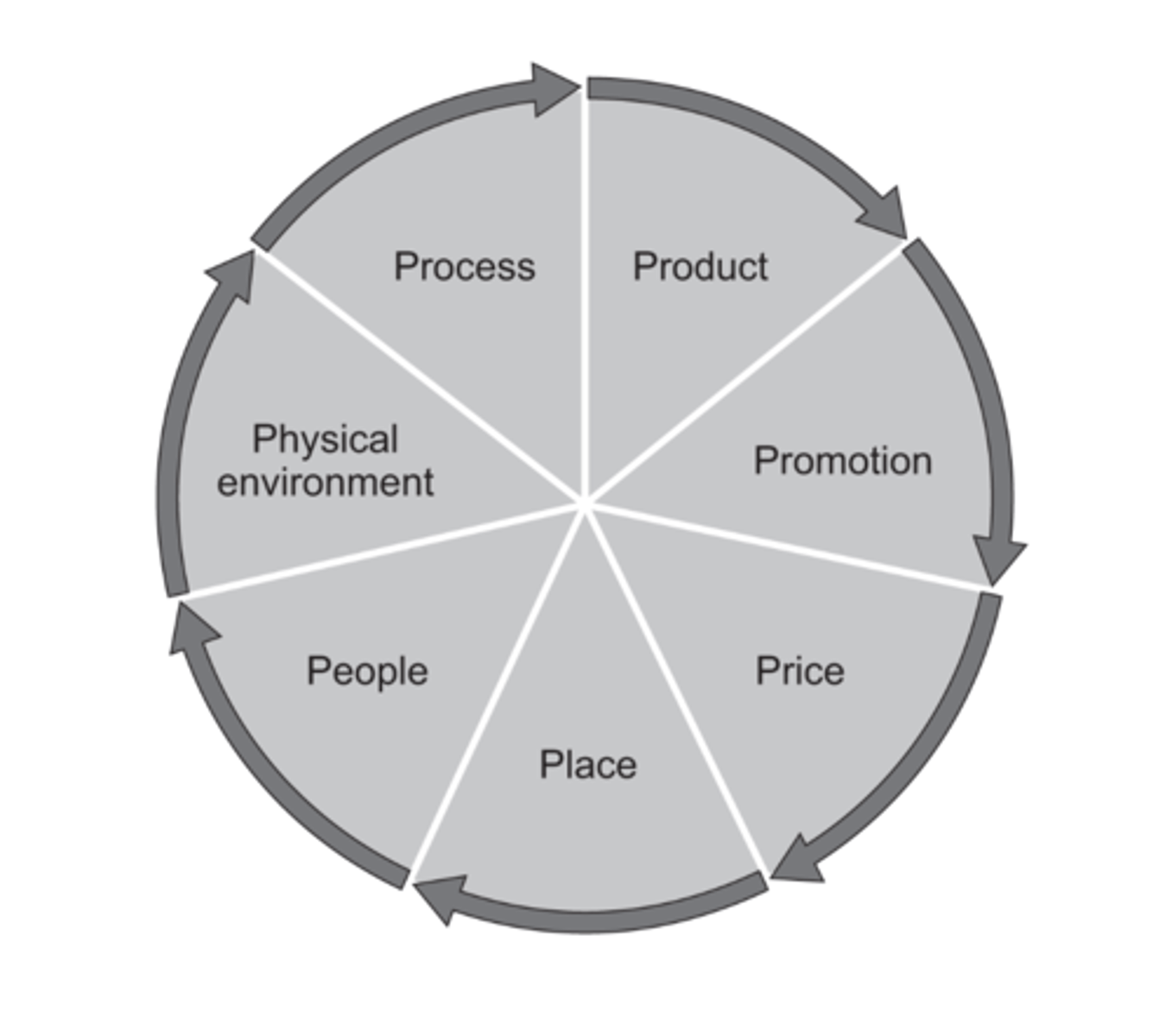
Inventory Control Chart
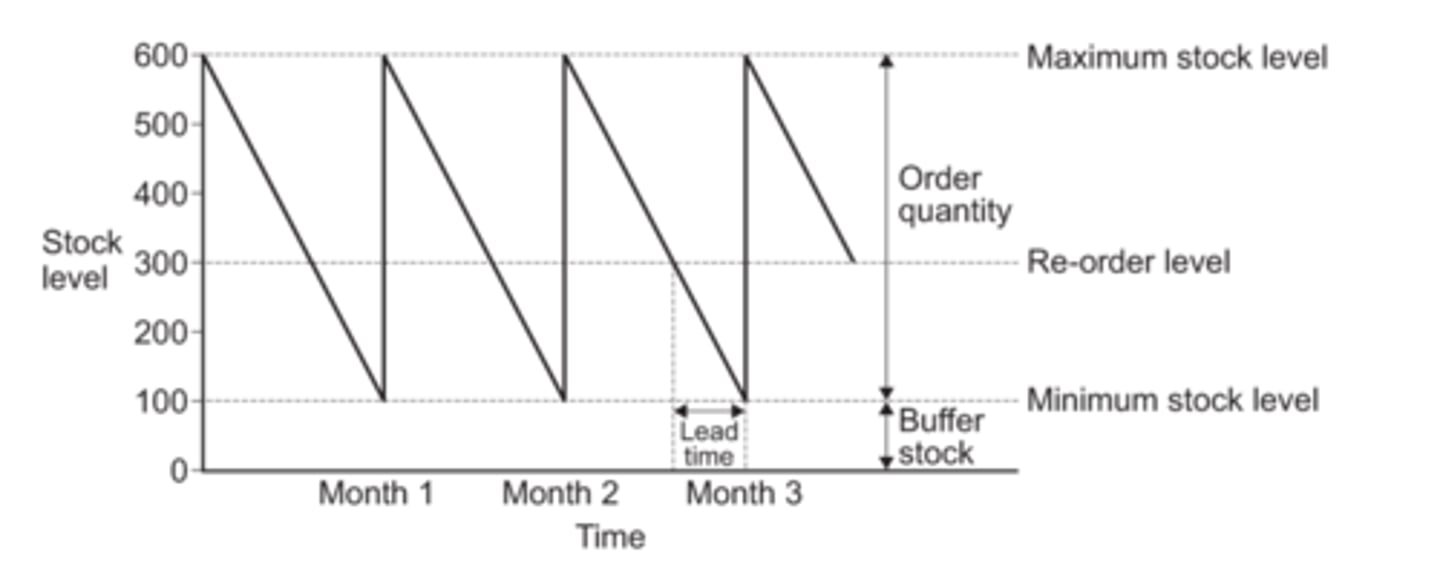
SWOT Analysis
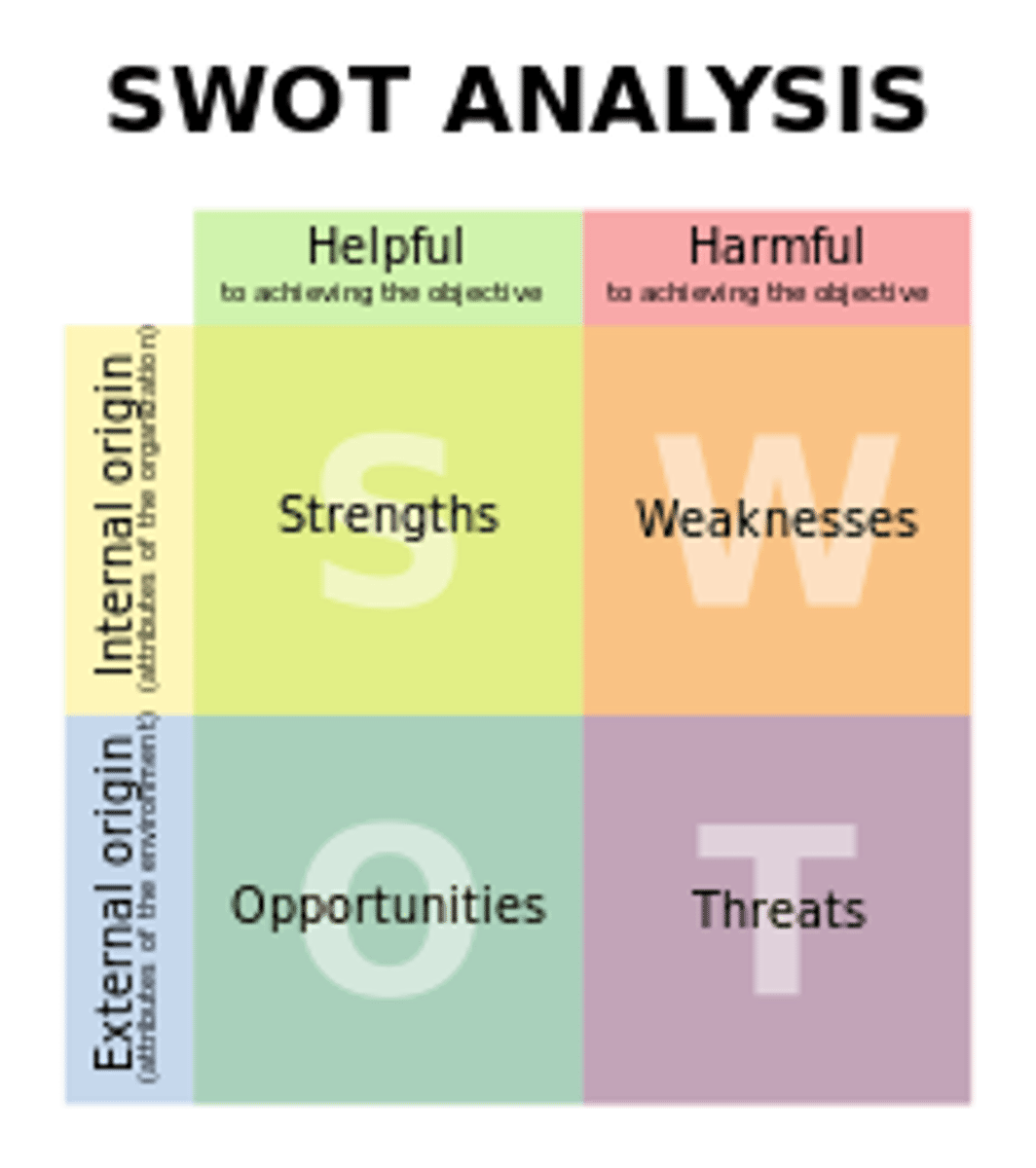
Elkington's Triple Bottom Line
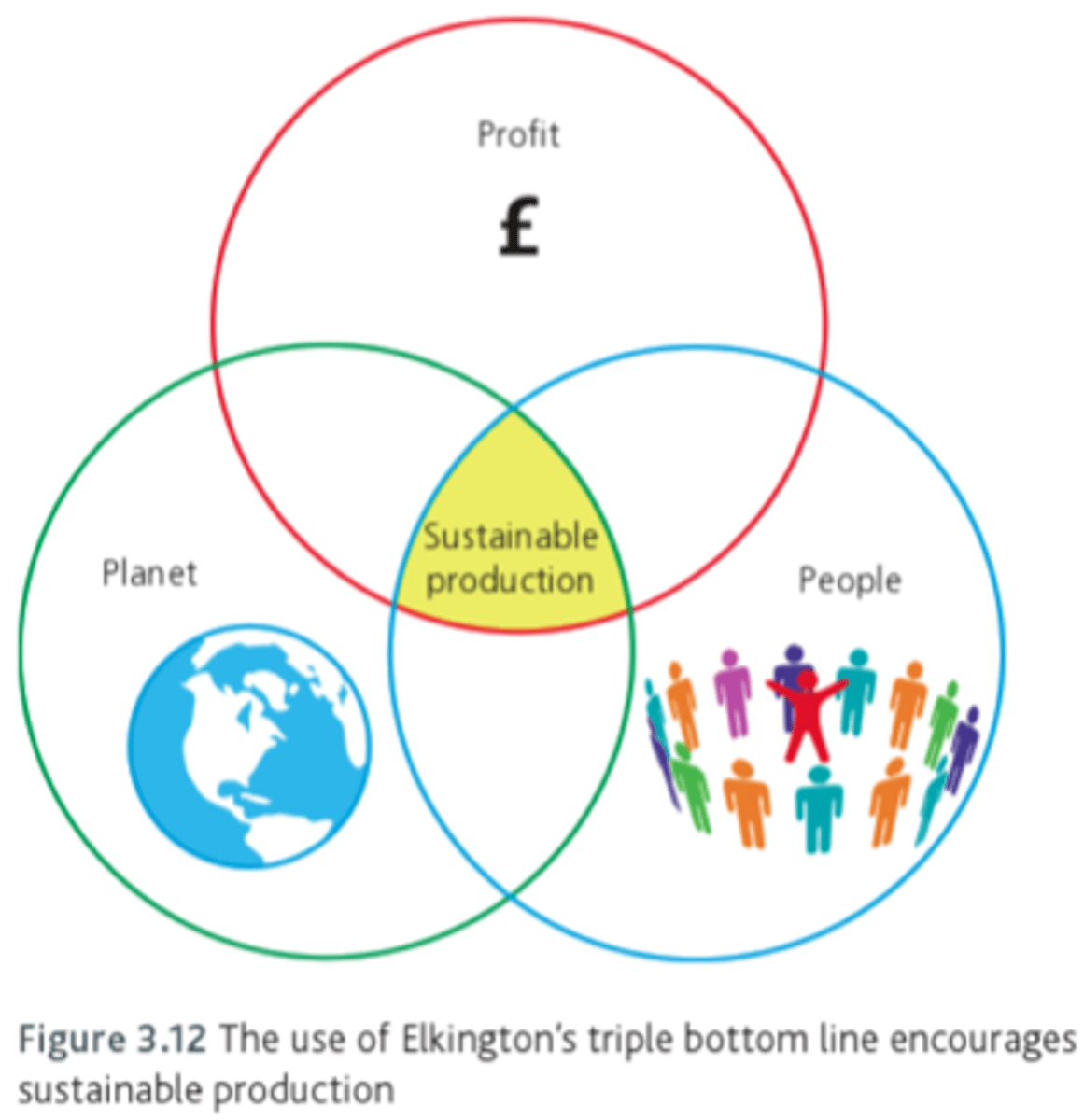
Carroll's Corporate Social Responsibility Pyramid
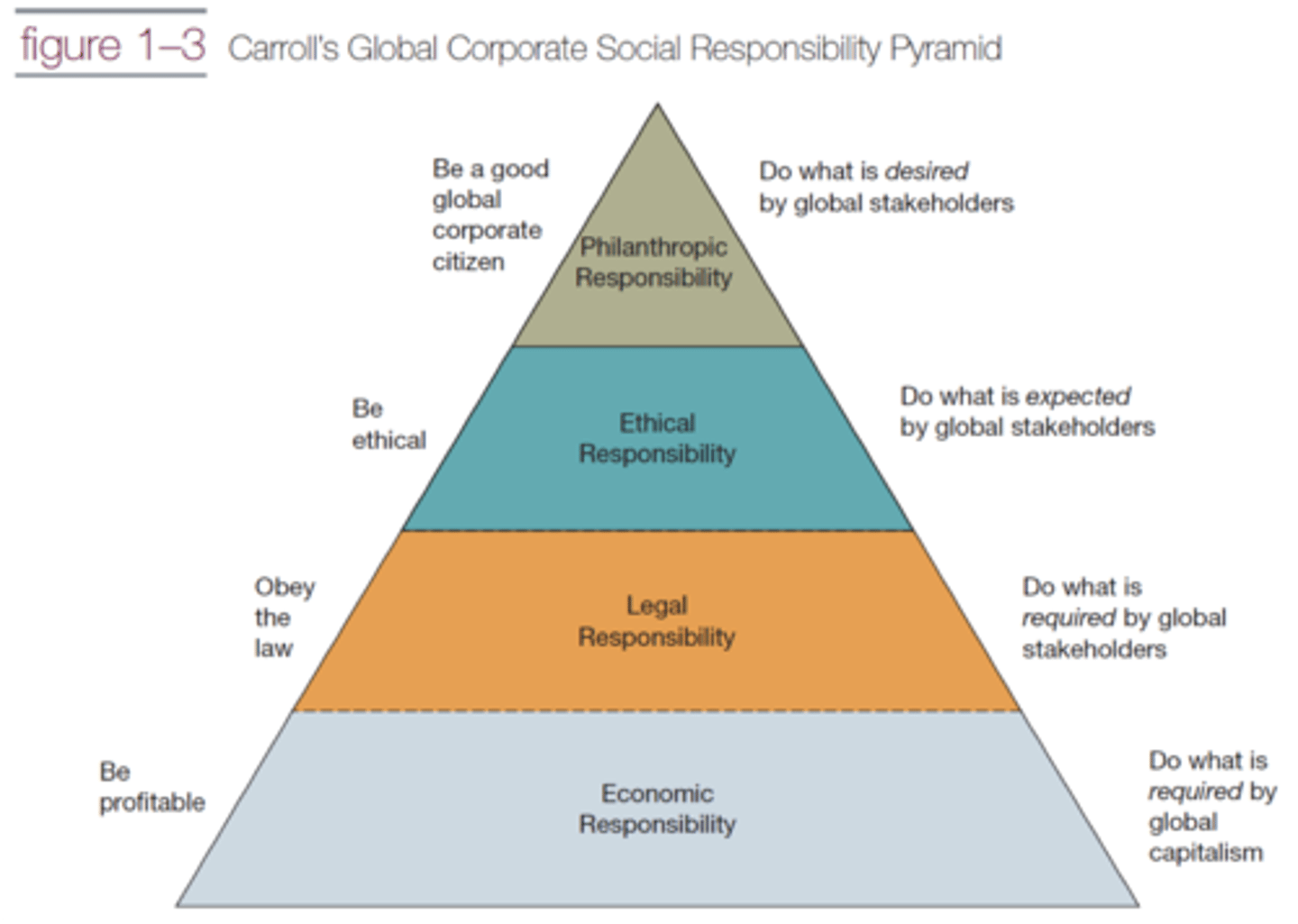
Porter's Strategies
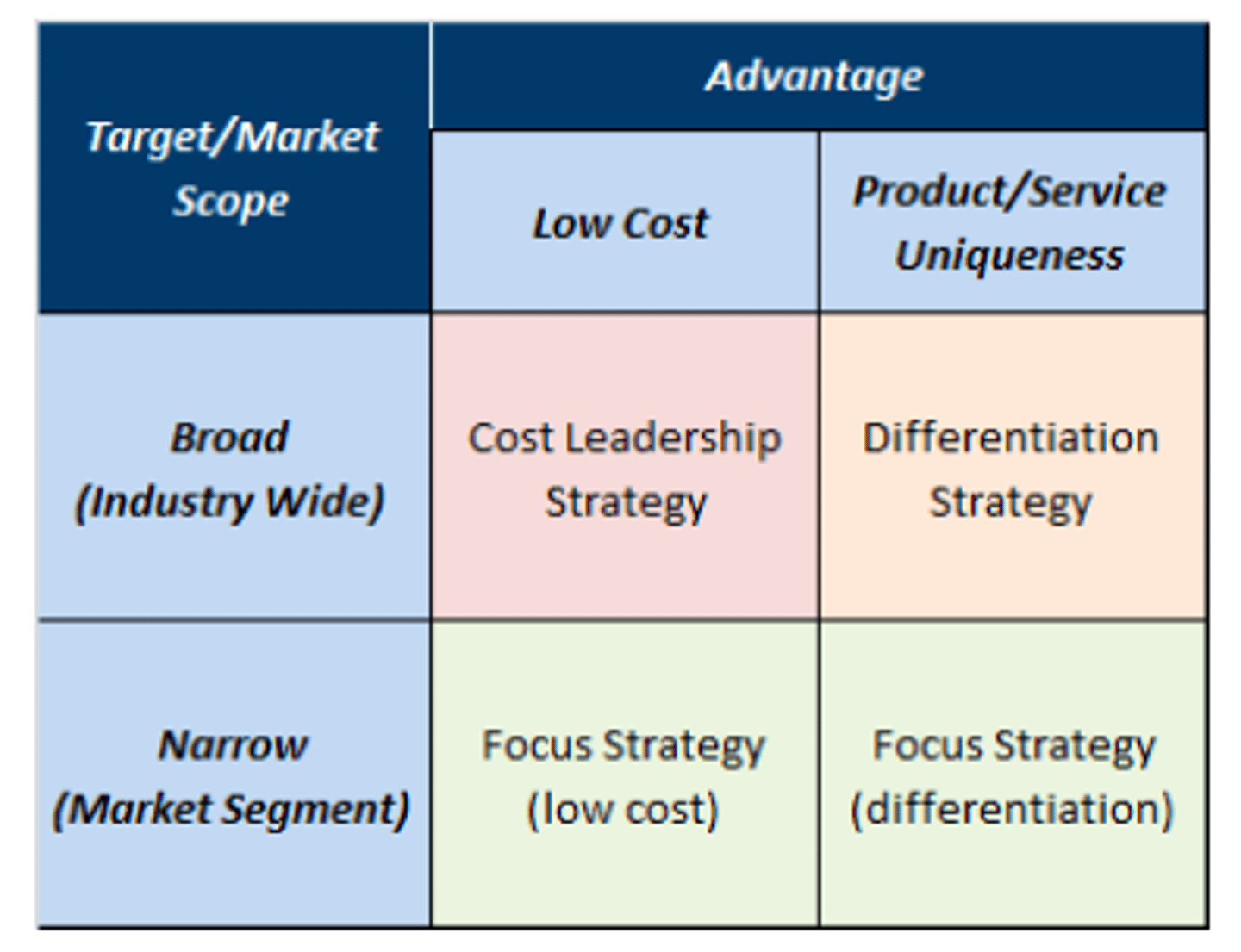
Lewin's Force Field Analysis
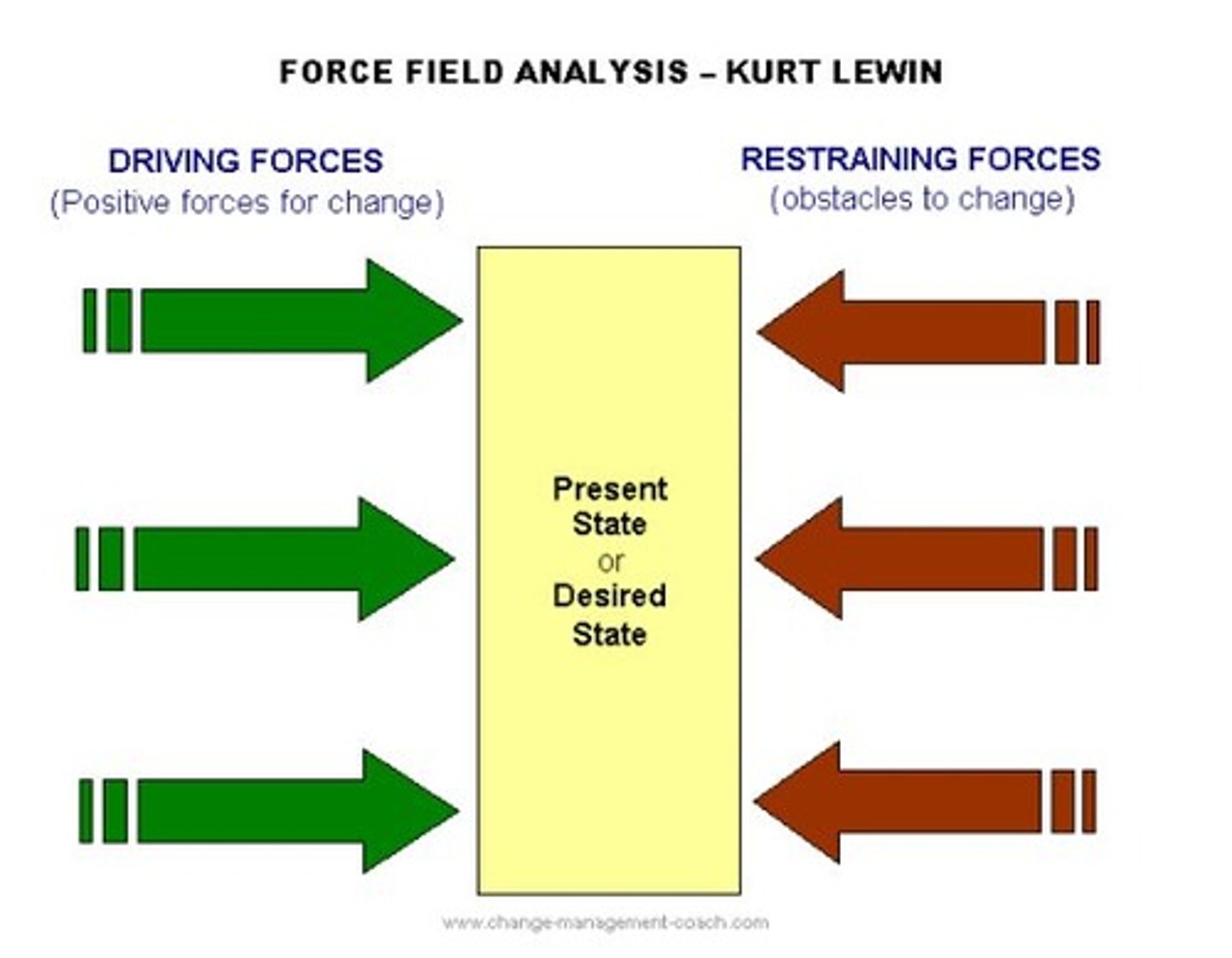
Kotter and Schlesinger's Reasons for Resistance to Change
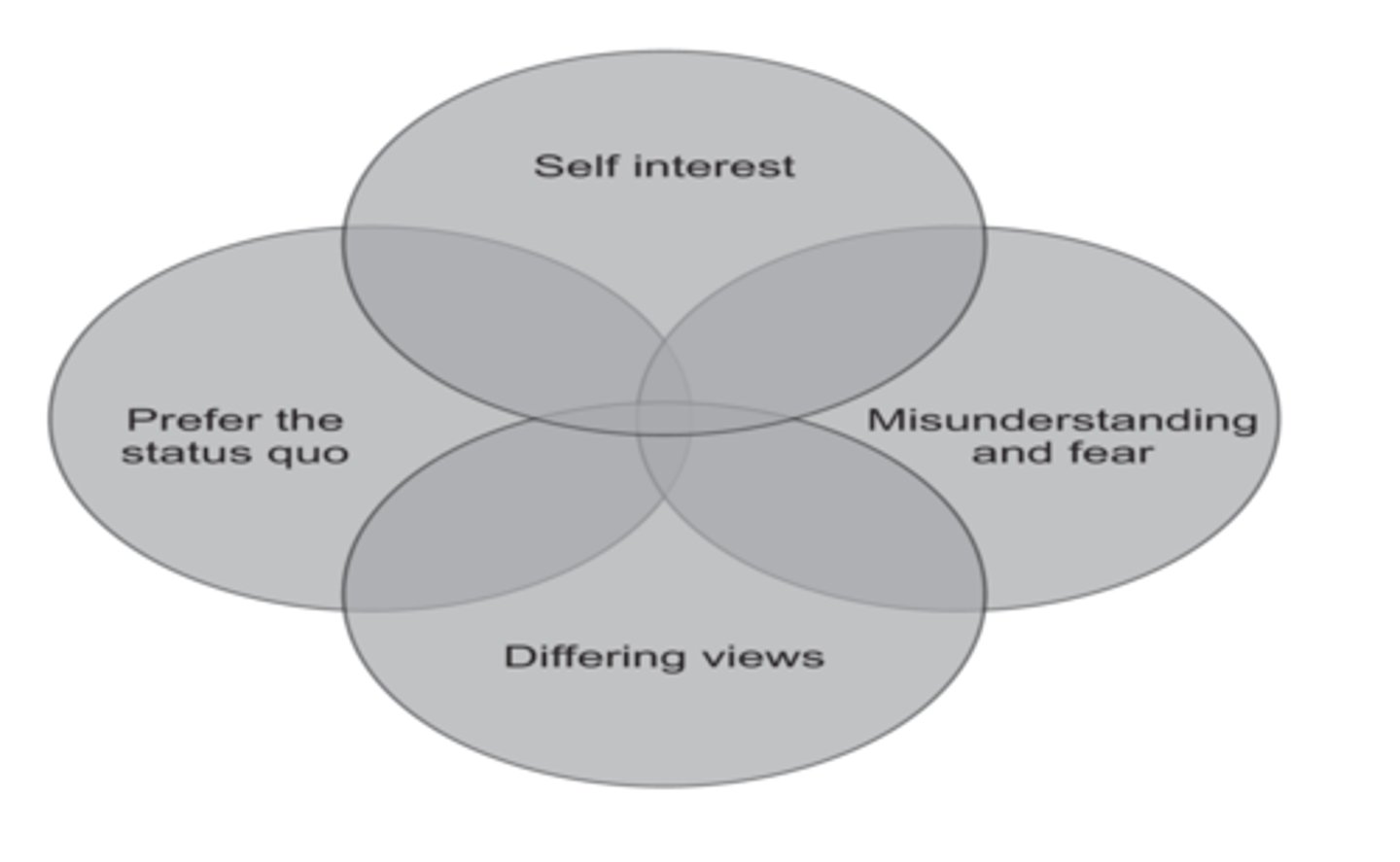
Kotter and Schlesinger's Overcoming Resistance to Change
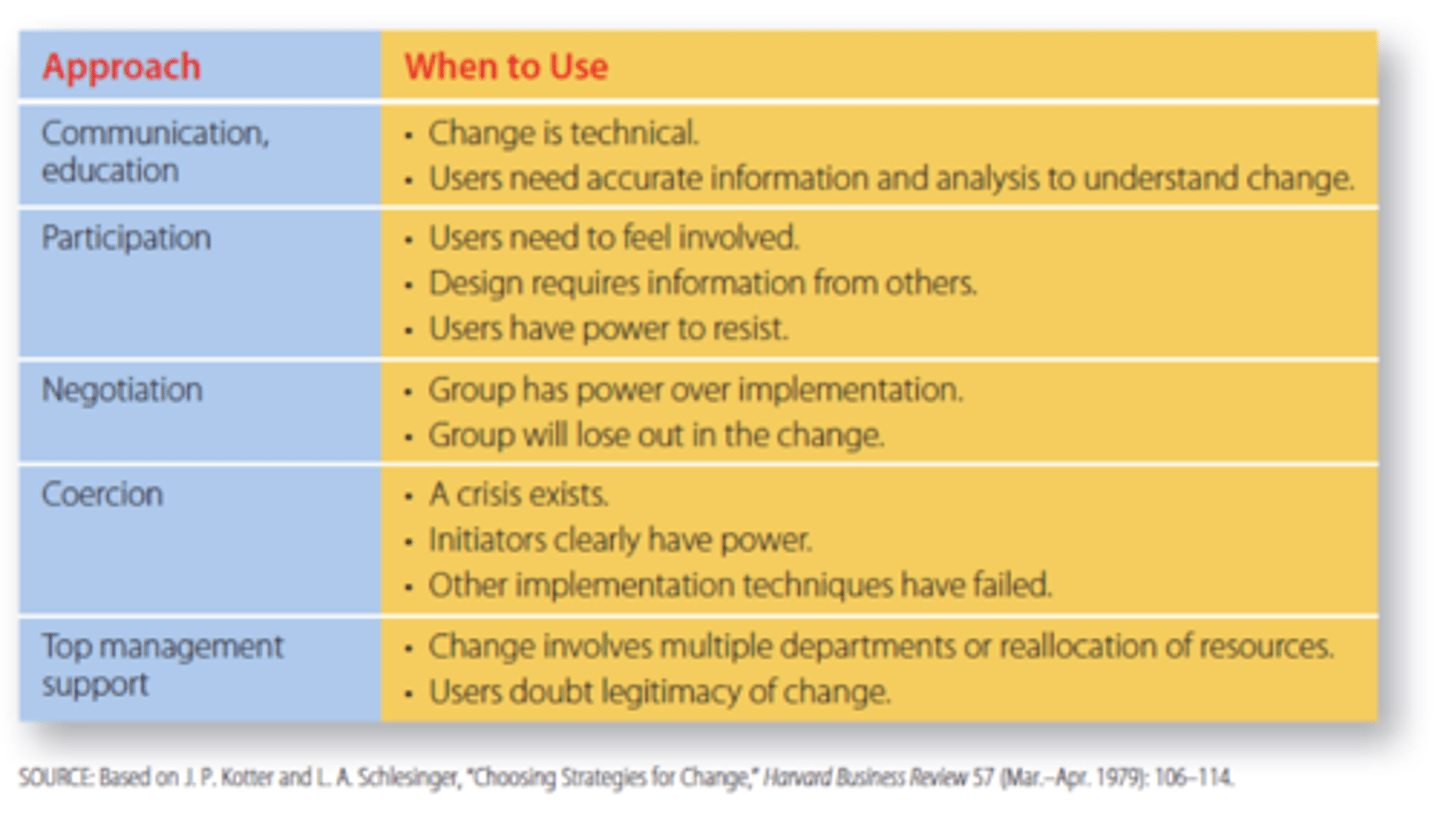
Handy's Culture
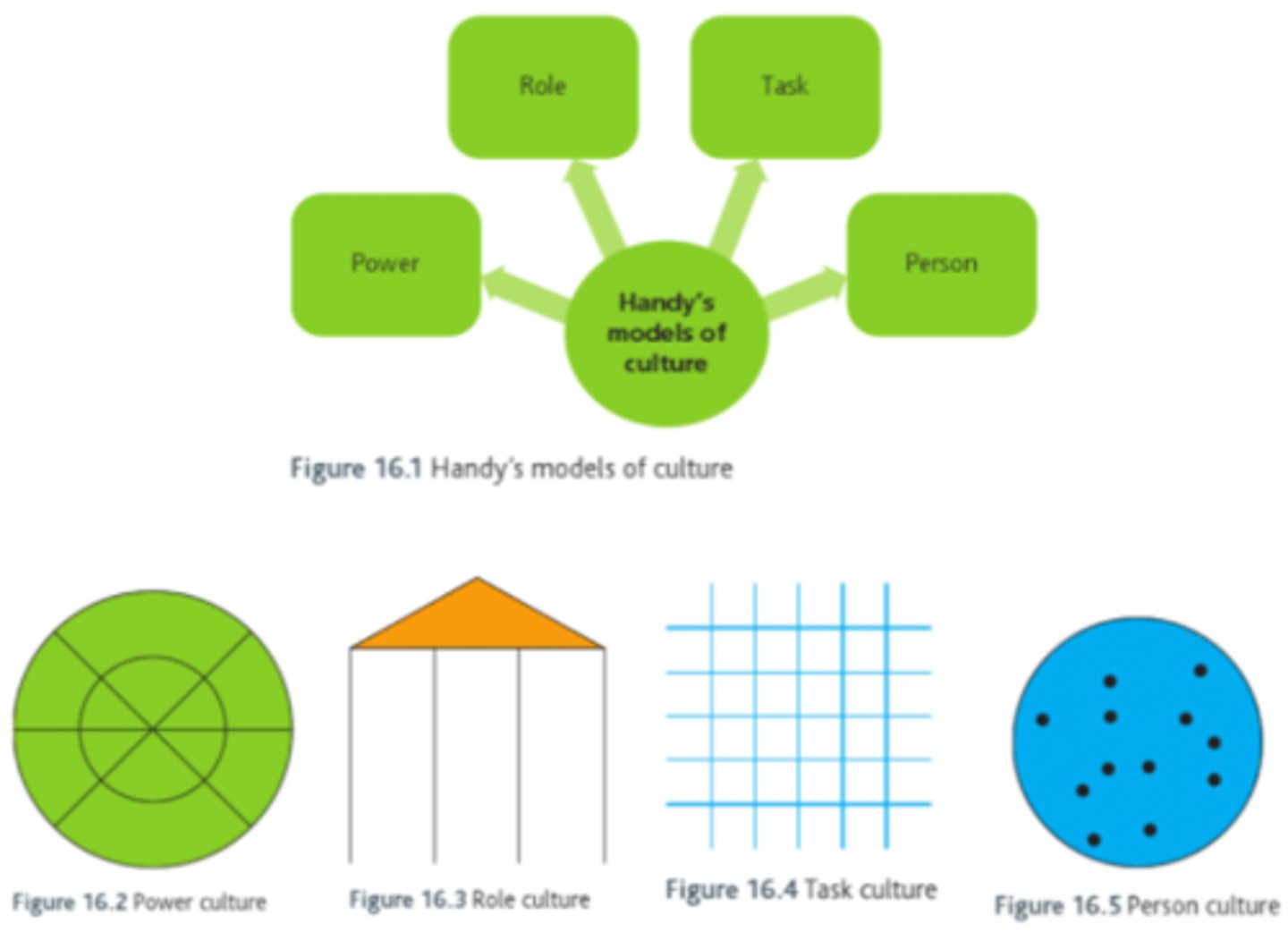
Strategic Drift
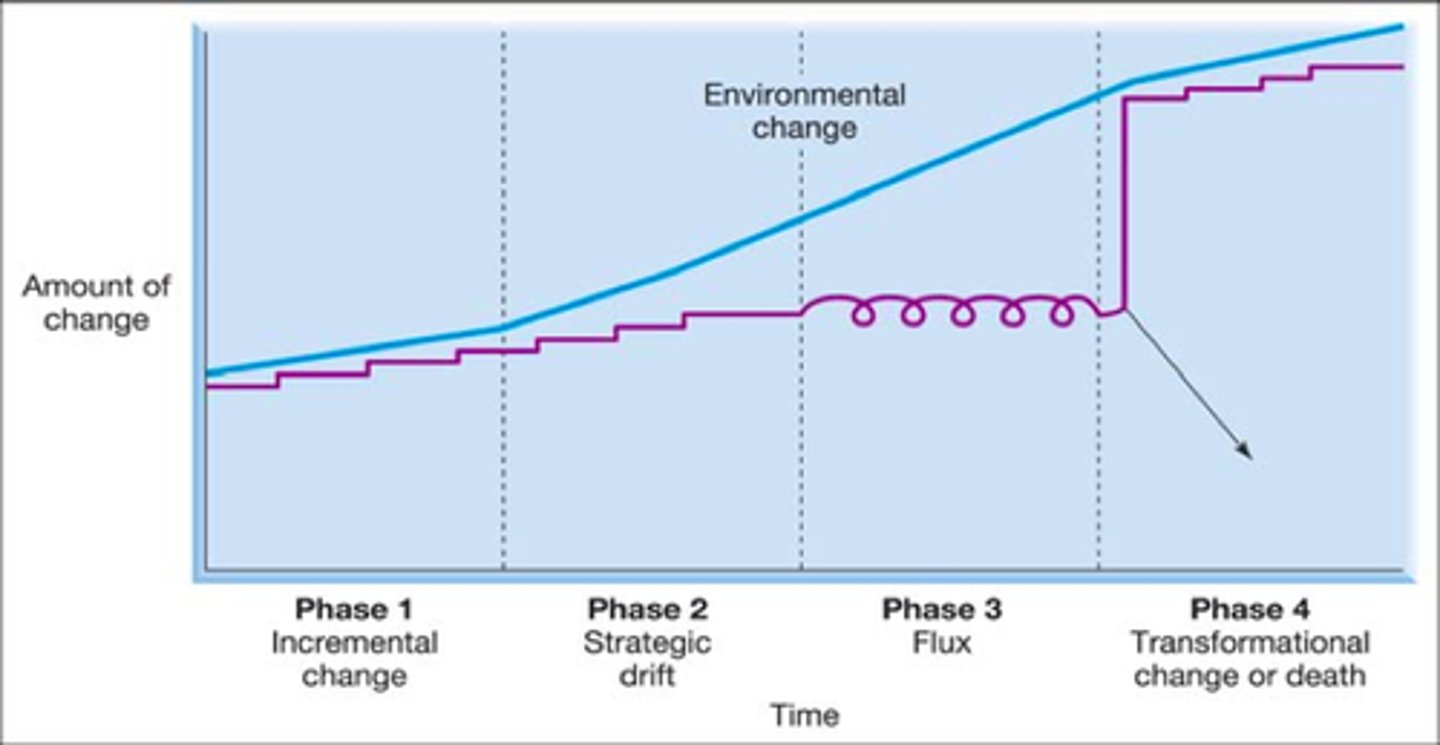
Ansoff's Matrix
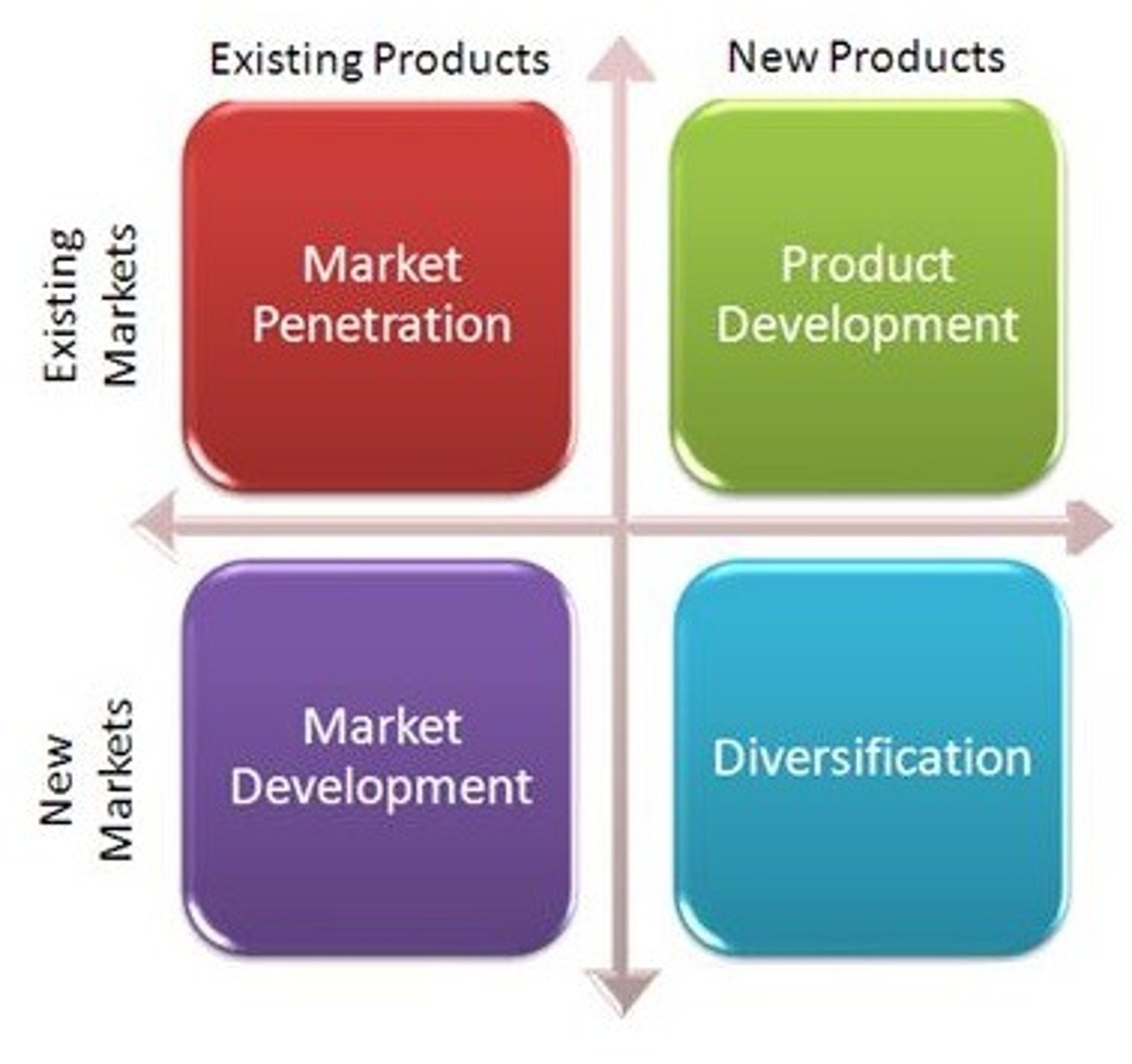
Caroll's Pyramid

Porter's 5 Forces (Model of Industry Rivalry)
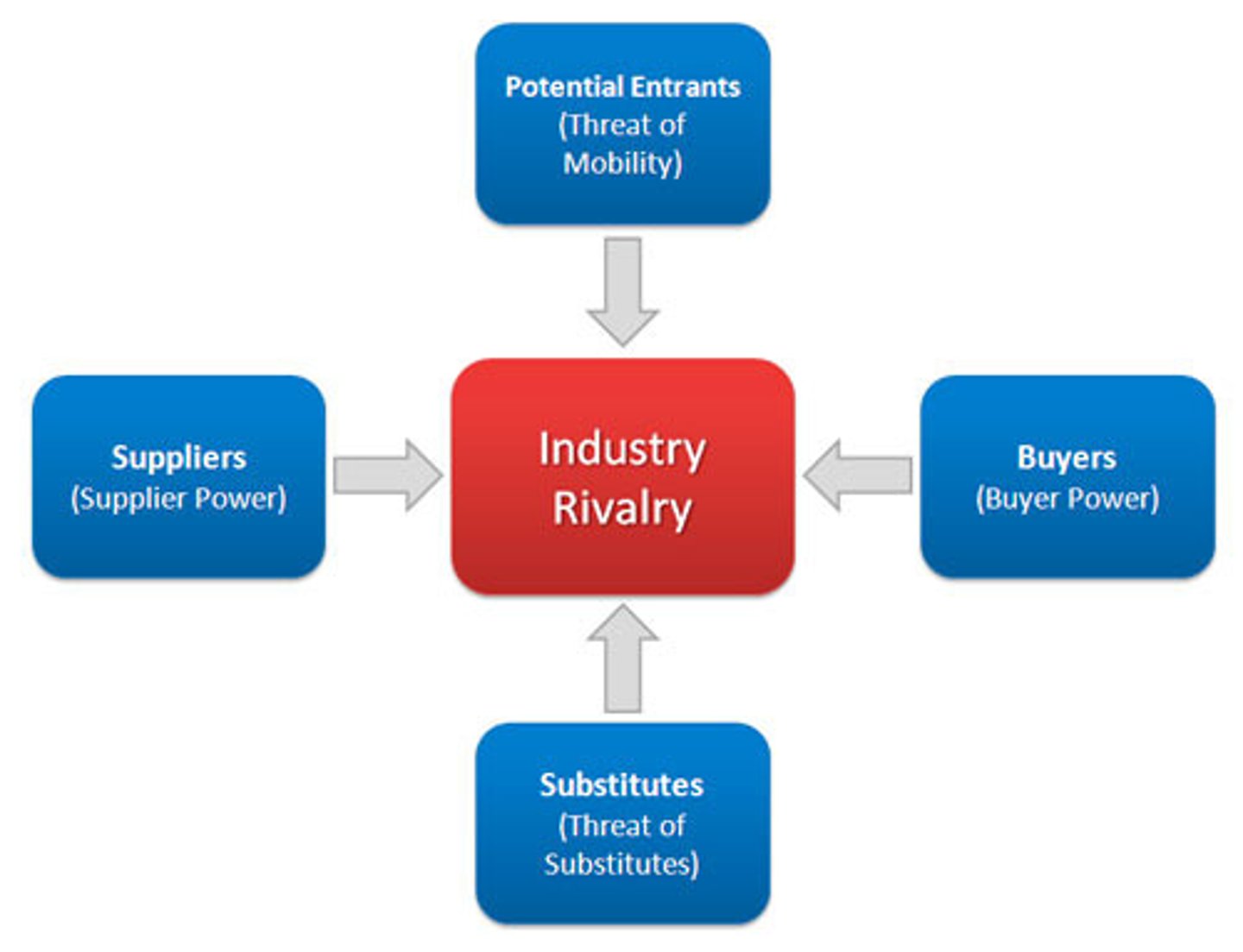
Maslow's Hierachy of Needs
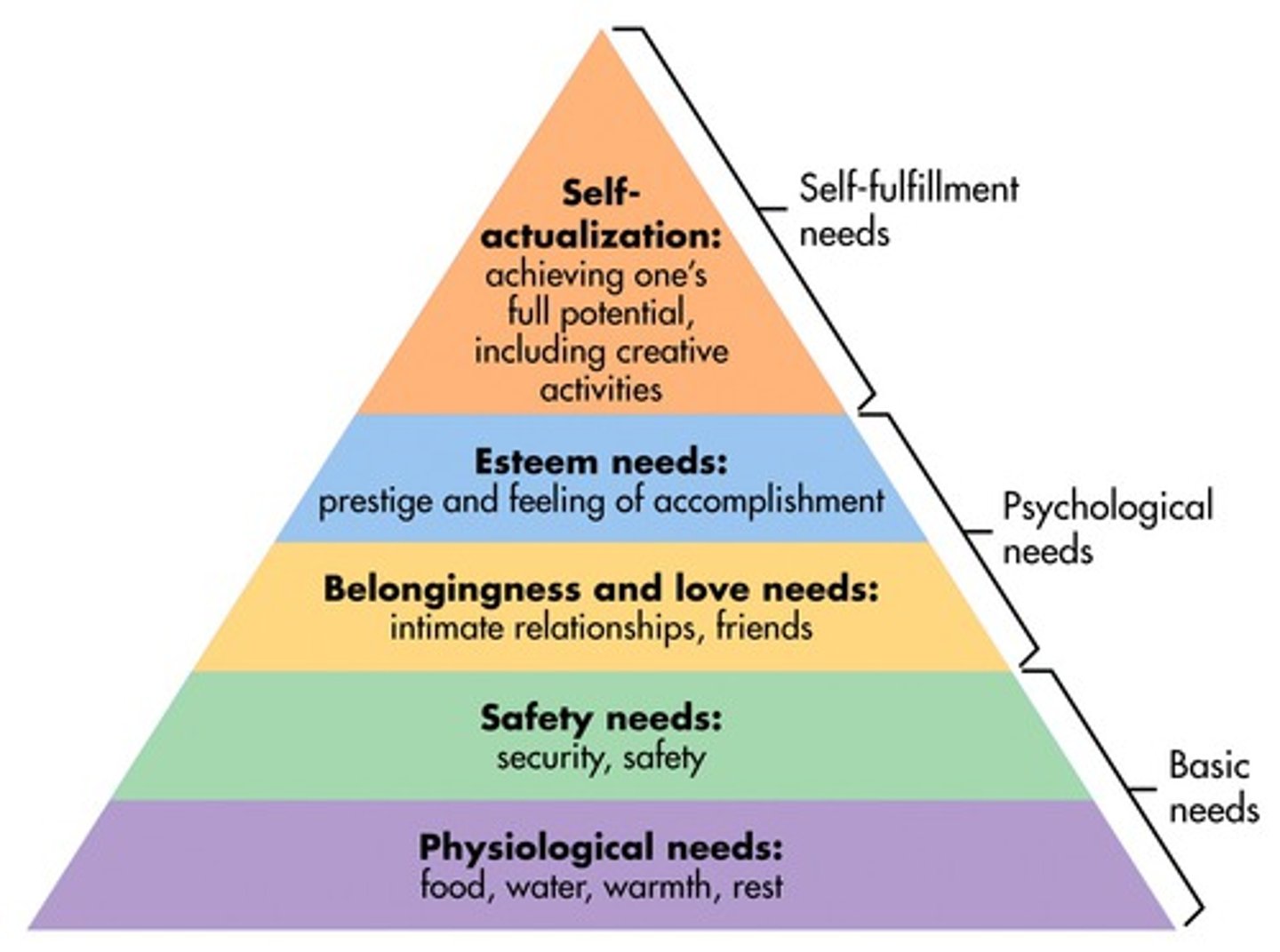
Taylor's (Scientific Management)
"Workers are machines with financial needs"
Product Life Cycle
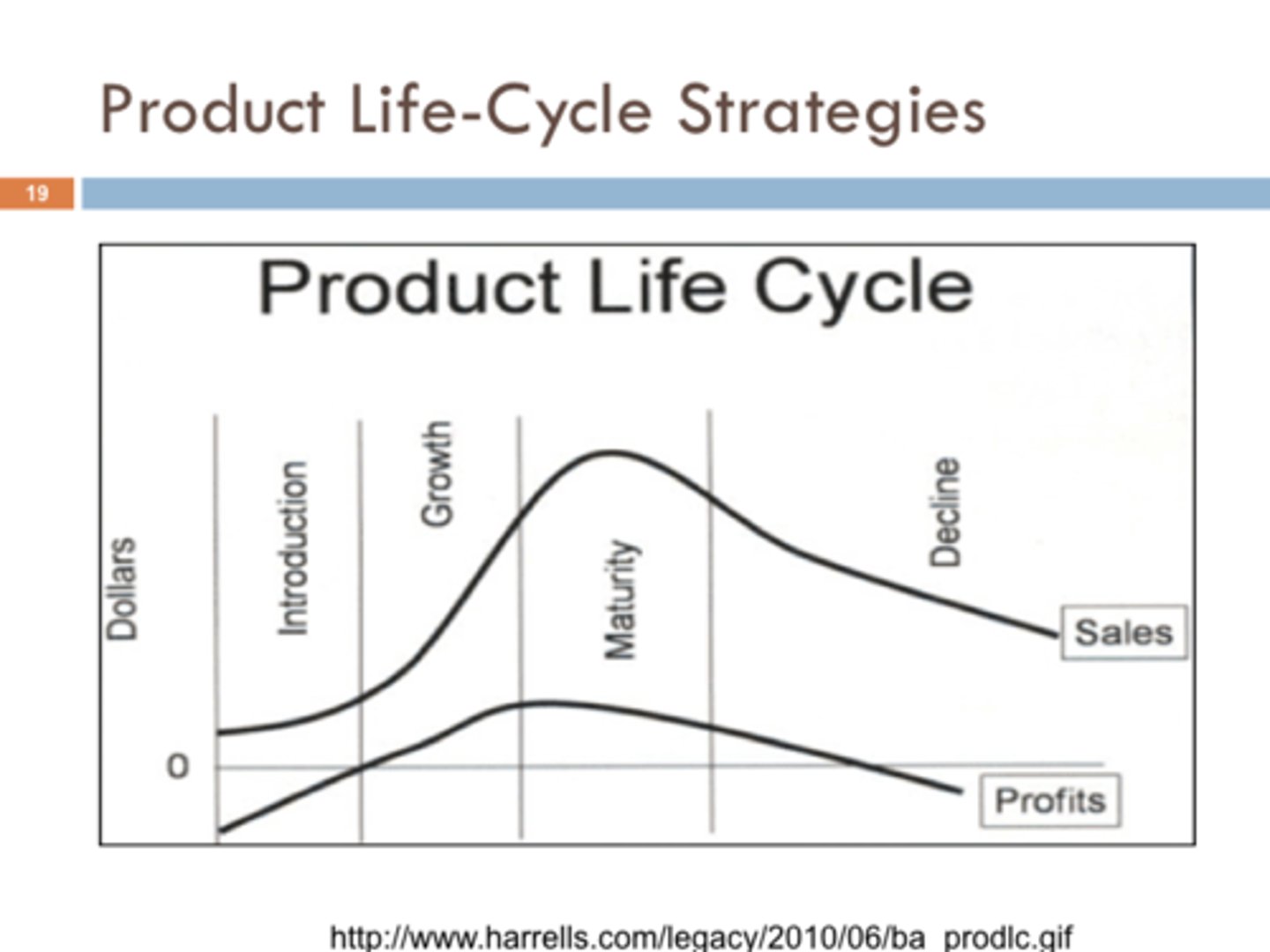
Boston Matrix
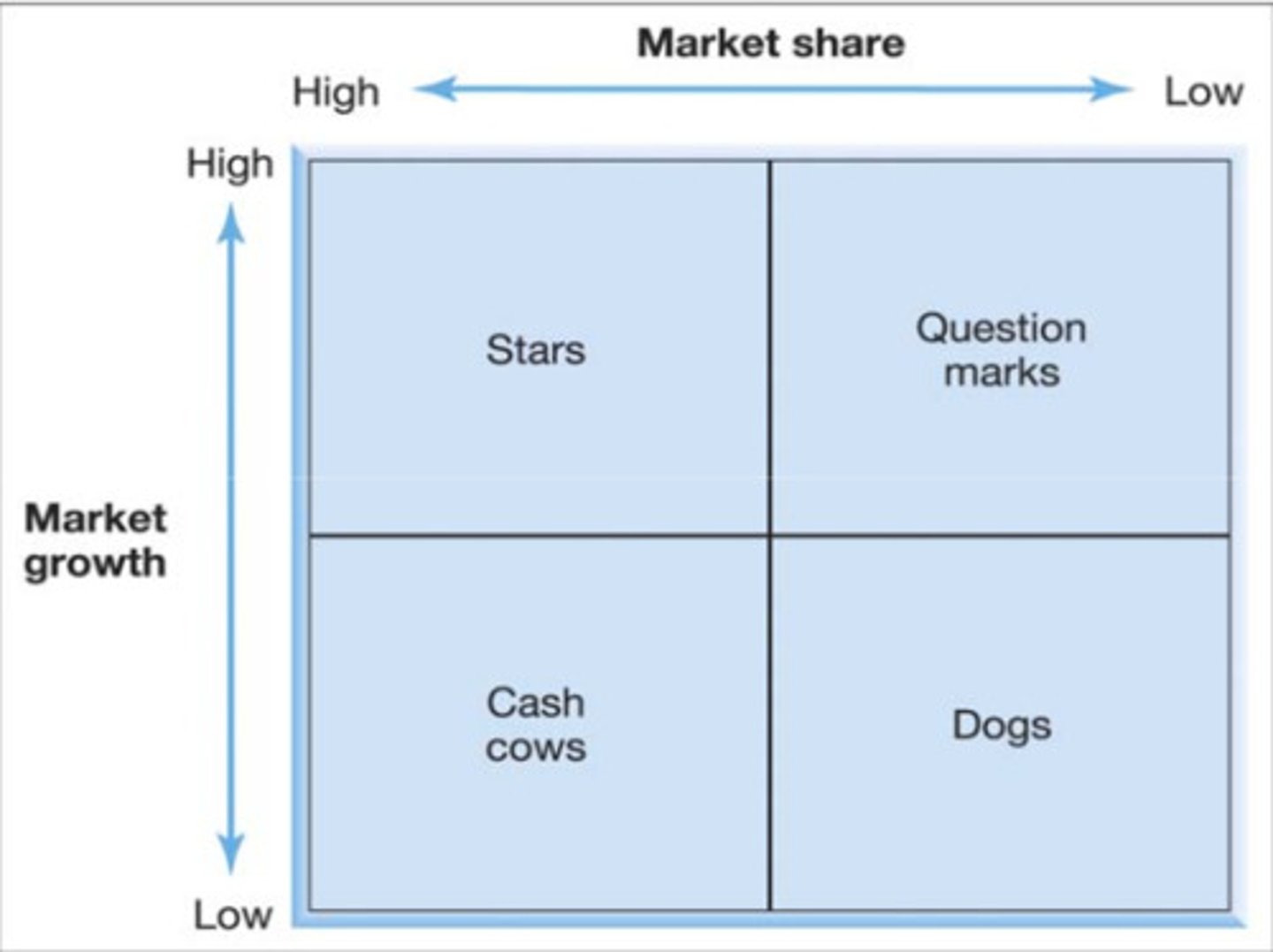
Vroom
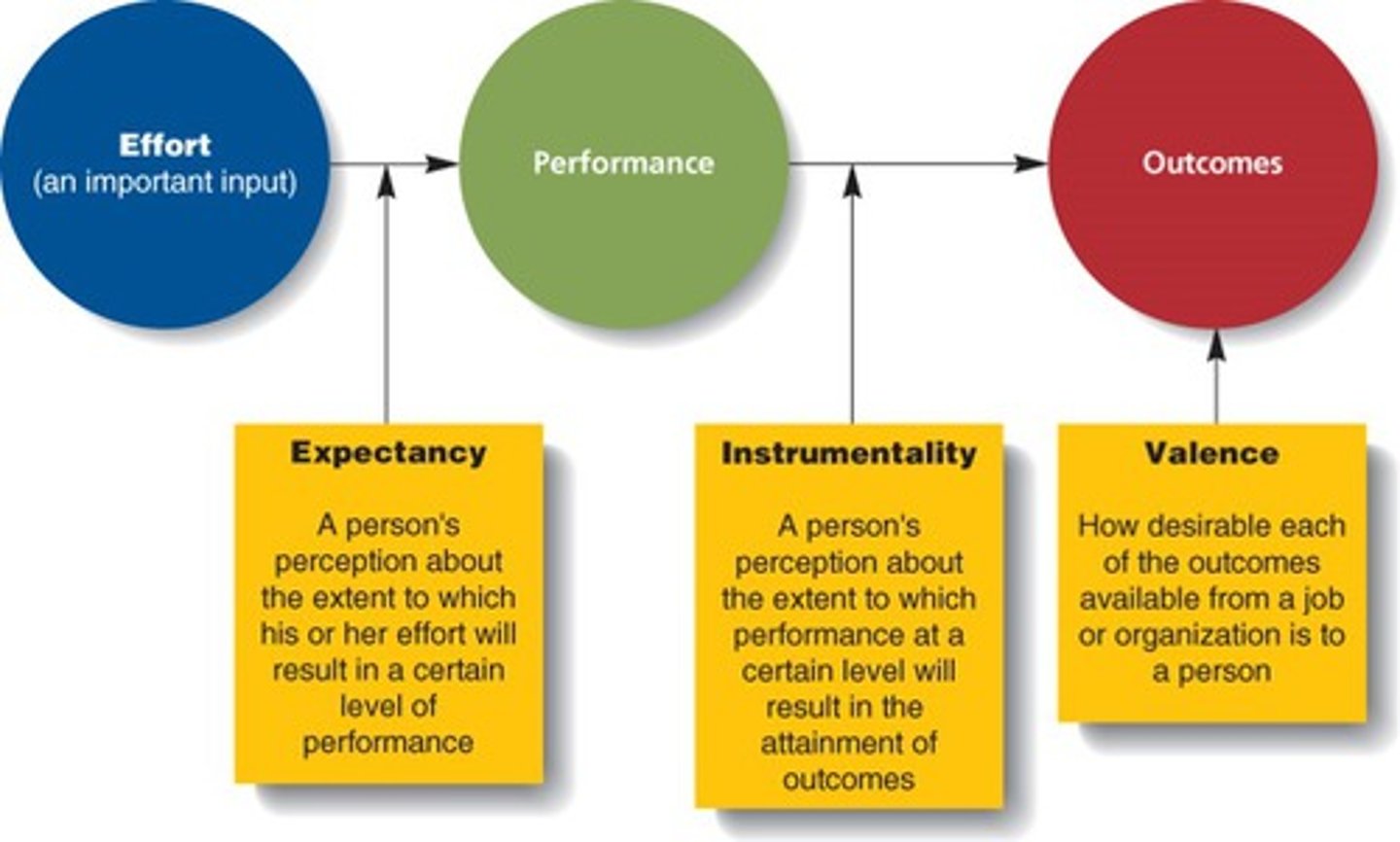
Elton Mayo and Hawthorne Experiment
Workers are best motivated by;
Better communication between managers and workers
Greater managment involvement in employees working lives
Working in groups or teams
Ricardo Semler - Total Delegation
Trust people to do the right thing for the company
Give them freedom and authority to do work they way they want to
Push decisions down the chain as far as possible
Price Elasticity of Demand

Experience Curve

Herzberg Two Factor Theory
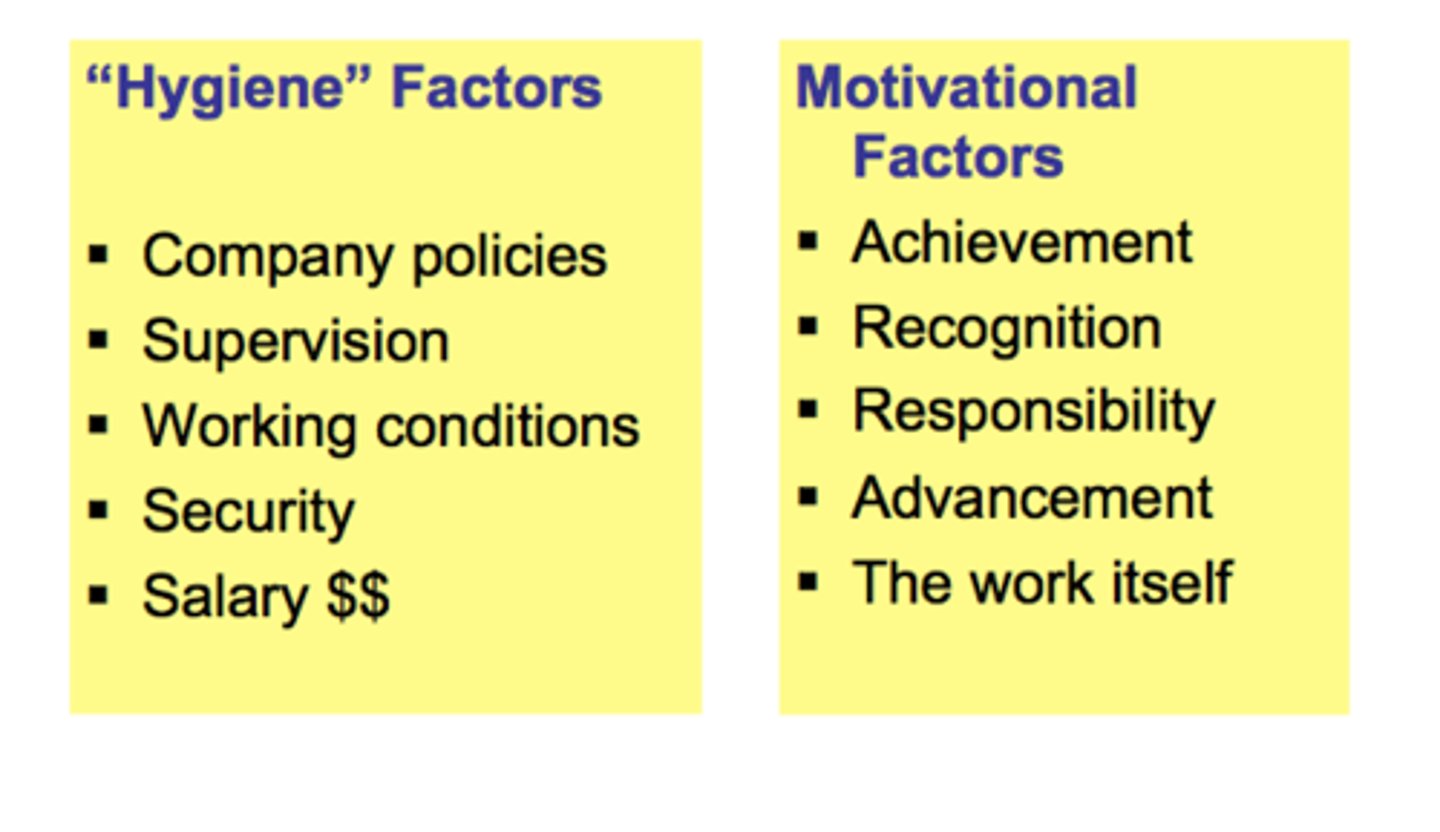
Soft and Hard HRM
Hard HRM
Treats employees simply as a resource of the business (like machinery & buildings)
Soft HRM
Treats employees as the most important resource in the business and a source of competitive advantage